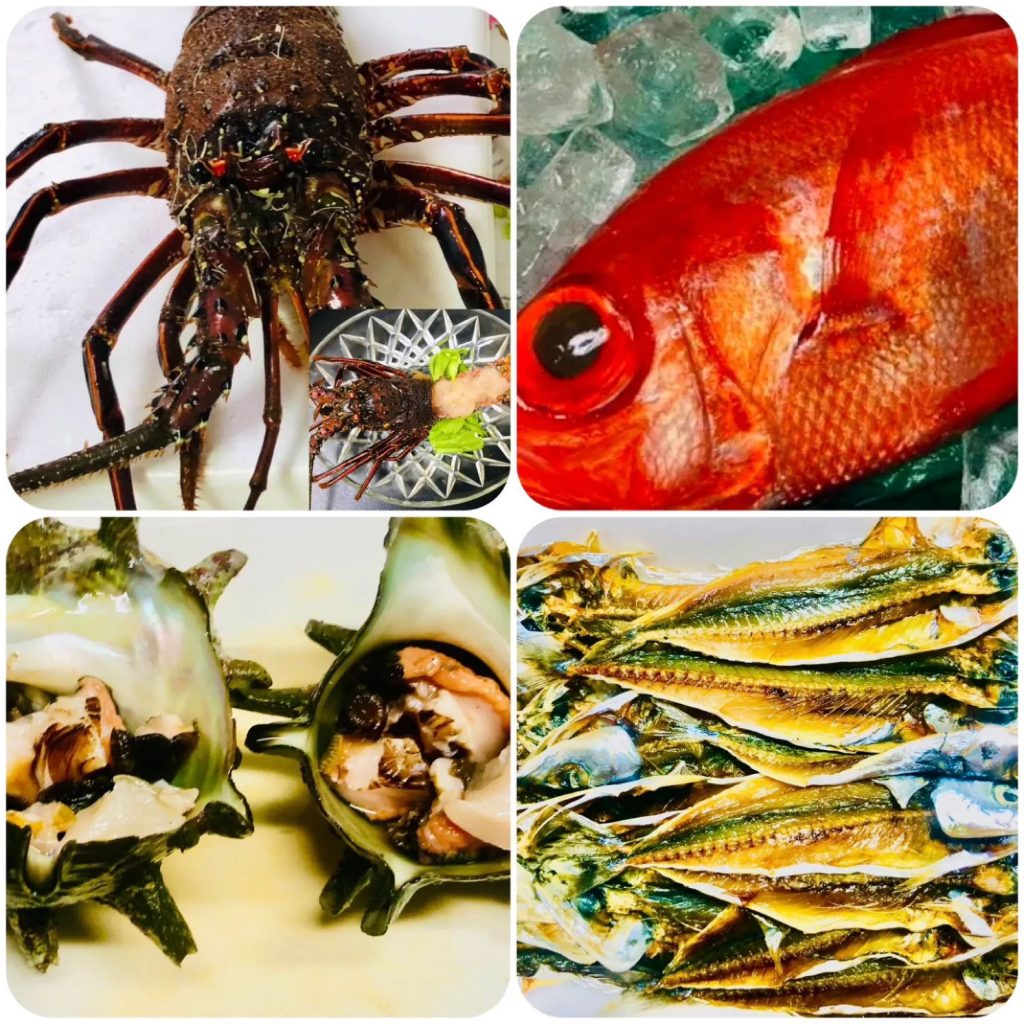
The impact of global warming is being felt in various places. One example is the auspicious ingredient for New Year’s osechi cuisine, Ise-ebi (spiny lobster), commonly used. As its name suggests, it was named “Ise-ebi” because it was once plentiful in the waters near Ise in Mie Prefecture. However, due to the rising water temperatures in the Ise nearshore areas, it has become scarce in recent years. In contrast, Ise-ebi, not traditionally found there, are now abundantly caught in the distant northern regions of Fukushima and Miyagi Prefectures, surprising and delighting those in the fishing industry. This trend is not limited to Ise-ebi. In the fishing grounds traditionally known for Kan-buri (winter yellowtail), Katso (bonito) is being caught instead, and massive catches of Ma-iwashi (pilchard) are reported. While Katso is acceptable, there are cases where the abundant Ma-iwashi is discarded due to uncertainty about its use. Even Aki-sanma (autumn saury), initially scarce and anticipated as another poor catch this year, suddenly became abundant in October, leading to struggles with price adjustments. Similar phenomena are occurring throughout Japan, leaving those in the fishing industry grappling with how to adapt to these changes.
温暖化の影響で様々な所で影響が出ています。お正月のお節料理でよく使われる縁起物の伊勢海老もそうです。その名が示す通り、三重県の伊勢でよく獲れたから伊勢海老と名が付いたのですが、伊勢近海の水温が上昇し、近年はすっかり獲れなくなったそうです。代わって、遥か北の福島県や宮城県で今までとれたことのなかった伊勢海老が大量に獲れ、漁業関係者もびっくりするやら嬉しいやら。伊勢海老だけではありません。これもお節料理には欠かせない寒ブリの漁場で寒ブリに代わってカツオが獲れたり、マイワシが大量に獲れたりしているそうです。カツオはまだしも、マイワシは獲れてもその利用方が分からず廃棄される事もあるそうです。秋のサンマも、初めはほとんど獲れず、今年も不漁だと諦めていたら、10月に入ったら豊漁続きで価格調整に四苦八苦。日本の至る所でこうした現象があるようで、この変化にどう対処すべきか漁場関係者も頭を悩ましているそうです。
